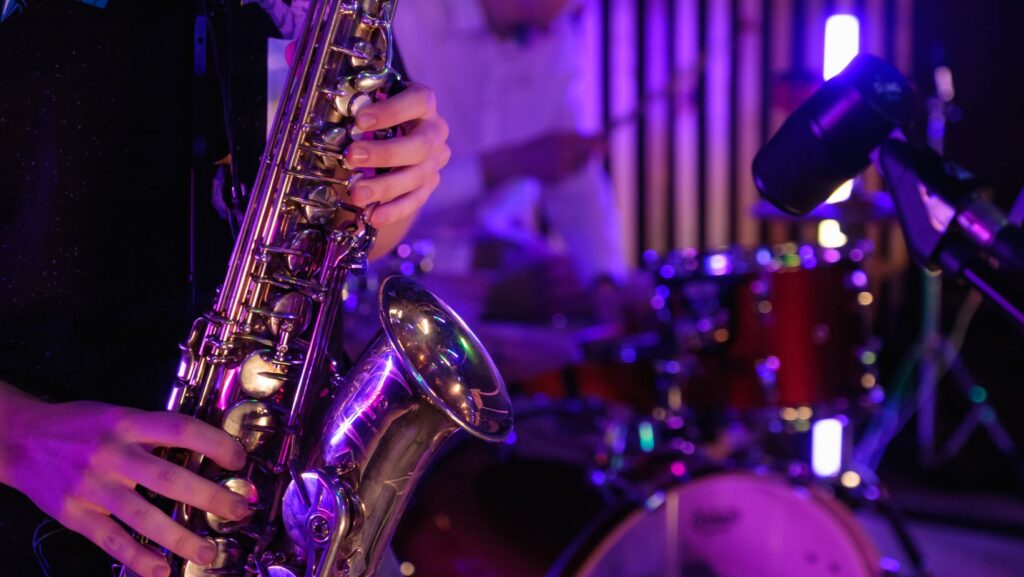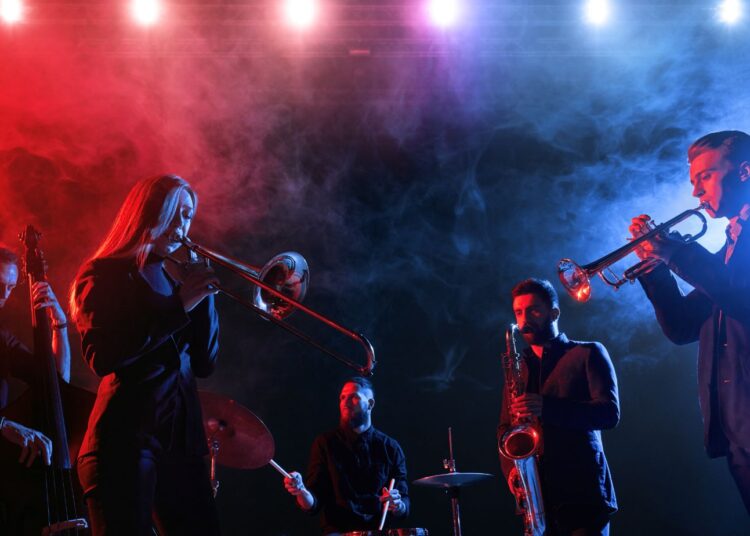Meta Title: Minton’s Playhouse: The Jazz Club That Gave Birth to Bebop
Meta Description: Explore how Minton’s Playhouse in Harlem became the legendary birthplace of bebop jazz, revolutionizing American music and launching the careers of jazz icons.
By the early 1940s, jazz was at a crossroads. Swing dominated the American soundscape with its big bands and danceable rhythms, but some musicians were looking for more, more complexity, more improvisation, and more freedom. Harlem, a vibrant cultural epicenter in New York City, was already home to some of the greatest minds in Black art, literature, and music. Within this environment, Minton’s Playhouse, a modest club located at the Cecil Hotel on 118th Street, became ground zero for a musical uprising.
What happened at Minton’s between 1940 and 1945 changed the very fabric of jazz, which is also infused in online game color trading. There, legends were made and a new genre was born: bebop, a daring, intellectual, and rebellious form of jazz that challenged convention and redefined musical expression.
Minton’s Playhouse: A Safe Haven for Innovation
Minton’s was founded in 1938 by Henry Minton, a former saxophonist and union official who understood musicians’ needs. Unlike many other clubs at the time, Minton’s offered jam sessions, paid musicians fairly, and allowed players to break away from the rigid structures of swing. These sessions, often held late at night, were informal yet fiercely competitive, drawing elite musicians hungry to test new ideas.
The club’s unique atmosphere fostered experimentation. Jam sessions weren’t just about playing; it was a form of battle, collaboration, and creative dialogue. Henry Minton and manager Teddy Hill understood that greatness could only thrive where risk was welcome. As a result, Minton’s became a lab for untested rhythms, abstract harmonies, and rapid-fire improvisation.
The Architects of Bebop: Parker, Gillespie, Monk & Clarke
At the heart of bebop’s birth were a handful of extraordinary musicians who became its pioneers. Charlie “Bird” Parker, Dizzy Gillespie, Thelonious Monk, and Kenny Clarke were not merely participants at Minton’s; they were revolutionaries with instruments.
- Charlie Parker brought blistering speed, unconventional scales, and deeply personal phrasing to the saxophone.
- Dizzy Gillespie fused complex harmonics and Afro-Cuban rhythms with his trumpet virtuosity.
- Thelonious Monk, Minton’s house pianist, introduced a percussive, off-kilter piano style that defied melodic norms.
- Kenny Clarke, the drummer, broke from traditional timekeeping by shifting rhythmic emphasis to the ride cymbal, liberating the drums for interaction and dialogue.
Together, these musicians, often joined by others like Bud Powell, Max Roach, and Charlie Christian, deconstructed the predictable structures of swing, emphasizing improvisation, dissonance, and technical mastery.
This group didn’t merely jam; they constructed a new musical language, with faster tempos, extended harmonies, and melodic lines that zigzagged through uncharted territory.
Cultural Resistance and Artistic Freedom
Bebop didn’t just emerge as a musical style; it was a form of resistance. It stood in stark contrast to the commercial, whitewashed swing music consumed by the mainstream. Bebop was not meant for dancing; it demanded active listening. It was small-combo music, made in tight clubs for an audience that appreciated complexity and nuance.
Harlem, in this era, was also undergoing its own political and cultural awakening. The Harlem Renaissance had laid the groundwork for Black intellectual and artistic assertion. Bebop, in many ways, continued this legacy, art for art’s sake, challenging the status quo, and asserting Black musicians’ right to innovate and lead.
At Minton’s, Black artists were finally free to explore without compromise. There were no producers or bandleaders dictating sound or structure. This autonomy was critical to bebop’s genesis.

The Lasting Legacy of Minton’s Playhouse
Though bebop initially received mixed reviews from critics and traditionalists, it ultimately changed the direction of jazz forever. What happened at Minton’s in the early 1940s would inspire generations of musicians and elevate jazz from popular entertainment to high art. The innovations born at Minton’s also laid the foundation for other jazz movements, such as hard bop, modal jazz, free jazz, and even elements of fusion and hip-hop decades later. Minton’s itself experienced a decline in the late 1950s but was later revived in various forms to honor its cultural significance.
Today, Minton’s is recognized not just as a jazz club but as a historic monument to Black creativity and ingenuity. Its influence is woven into every bebop solo, every improvisational leap, and every jazz student’s education.
Conclusion
Minton’s Harlem wasn’t just a place; it was a phenomenon. Within its walls, boundaries were pushed, legends were born, and a new jazz idiom took flight. Bebop emerged from the chaos and creativity of those late-night sessions, turning Minton’s into hallowed ground. As we look back, it’s clear: Minton’s Playhouse wasn’t merely the setting for bebop’s birth; it was its beating heart, pulsing with innovation, risk, and the raw power of artistic freedom.










